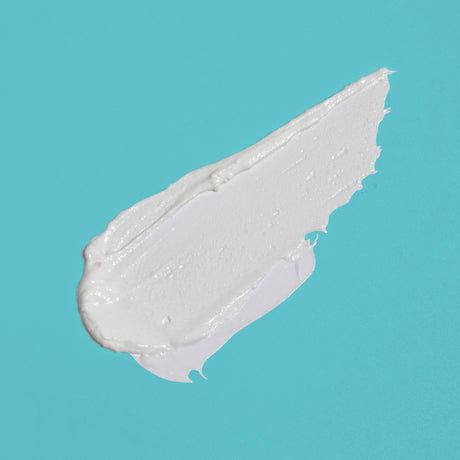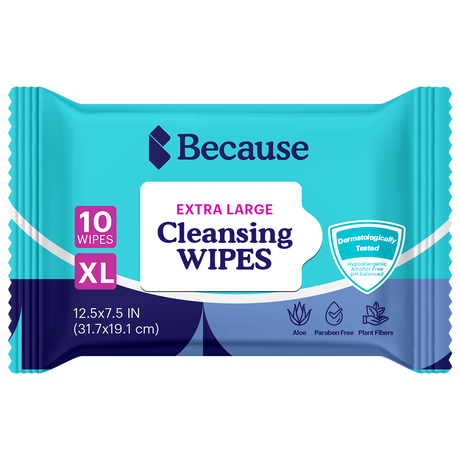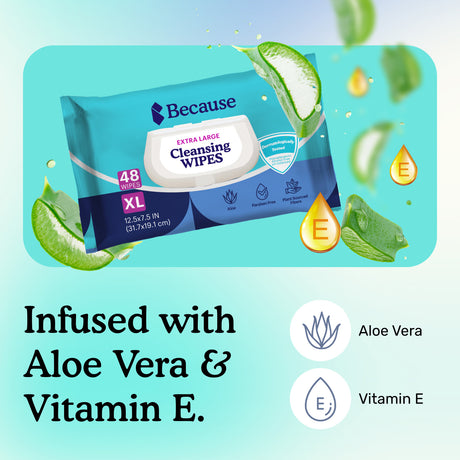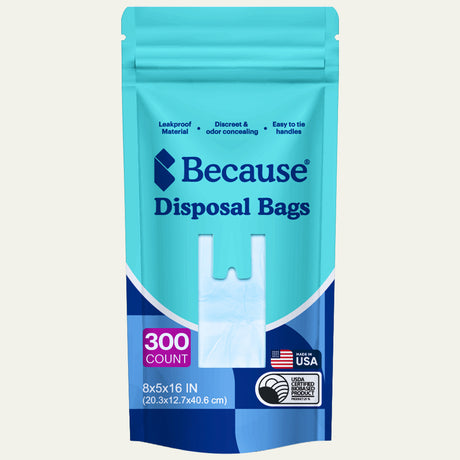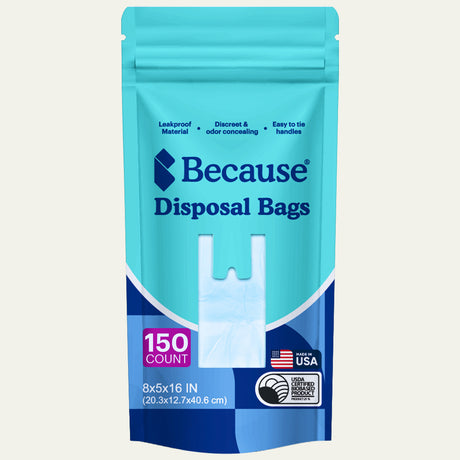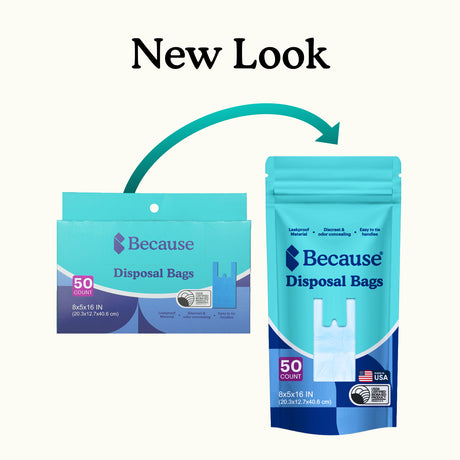Barrier creams play a key role in proper incontinence skin care. The right one can soothe irritation associated with incontinence and lower the likelihood of its return, but with so many to choose from, you may not be sure which one to try. This post reviews answers to common questions about barrier creams to help simplify shopping and allow you to make the most out of your selected product.
Why is barrier cream important?
Barrier cream is important for people with incontinence because it supports healing and reduces the risk of future irritation. Urine is highly acidic. If it remains in contact with the skin for a prolonged period, it can raise the skin’s pH level out of its normal, slightly alkaline range. When this occurs, the moisture barrier that acts as a natural protective layer for your skin can become disrupted, leading to dryness and irritation. This skin condition is known as Incontinence-Associated Dermatitis (IAD).
Fecal incontinence can also cause or worsen IAD. Stool typically contains enzymes that the digestive system uses to process the food you eat. These powerful substances can break down the skin.
Around one-third of people with incontinence develop IAD. The condition can cause swelling, pain, and itching, which can grow severe enough to interfere with daily activities. IAD also puts you at risk of developing serious bacterial skin infections.
As its name suggests, barrier cream is a protective barrier for your skin. It reduces how much urine and feces come in contact with your skin, making IAD less likely to develop. When applied to irritated skin, barrier cream locks in moisture to aid healing.
What makes adult barrier cream different from diaper rash cream?
Like barrier cream, diaper rash cream helps calm and protect irritated skin on the buttocks and private area. Although they perform similar functions, the two types of products are not the same.
Manufacturers formulate diaper rash creams for infants and toddlers, but adults have different skin care needs. As we age, collagen and elastin levels in the skin naturally decline, leading to changes in elasticity. Barrier creams contain higher concentrations of occlusive ingredients. As a result, it can better adhere to aging skin to protect the tissue and seal in moisture.
What should I look for to ensure formulas are safe for sensitive skin?
If you have sensitive skin, carefully study the ingredients found in barrier creams. Look for fragrance-free options, as around 1% of adults are allergic to chemicals commonly used to give barrier creams and other skin care products a pleasing scent.
Paraben preservatives are another common allergen to avoid. These ingredients are easy to spot because their names end in "paraben." Examples include:
- Benzylparaben
- Butylparaben
- Ethylparaben
- Isobutylparaben
- Isopropylparaben
- Methylparaben
- Propylparaben
Before using any new barrier cream on sensitive skin, conduct a patch test. Apply a small amount to one section of your skin. Continue to use the product on that area for a few days, looking for any signs of irritation.
What is the best way to apply barrier cream?
To apply a traditional barrier cream properly:
- Cleanse your skin thoroughly.
- Gently pat it dry.
- Use your fingertips to apply an even layer over the desired area.
- Avoid open wounds in the skin.
What are the key ingredients to look for in a good barrier cream?
The best barrier creams typically contain zinc oxide. This mineral-derived ingredient has mild antiseptic properties to fight bacteria on the skin’s surface. In addition, it is highly effective at forming a protective barrier that resists transferring after application.
Some other beneficial ingredients in barrier creams include:
- Moisturizers: Emollients like shea butter enhance moisture levels in the skin to reduce dryness. Humectants like glycerin draw moisture into skin cells to deliver long-lasting hydration.
- Vitamin E: Vitamin E supports skin healing and provides antioxidant protection for the skin. It also works as a skin conditioner to soften and soothe tissue.
- Soothing botanicals: Kava kava, ginseng, and other botanical ingredients may work with other ingredients to ease inflammation.
What other incontinence care products should I use?
Incontinence protection products, skin cleansers, and soothing creams can complement barrier creams and form a complete incontinence care regimen.
Incontinence protection
Choosing proper incontinence protection can aid in the fight against IAD. Highly absorbent incontinence protection like Because Premium Pads for Women (Maximum) and Because Men's Guards quickly draw moisture away from the skin. Not only does this keep you feeling dry, but it also makes skin irritation less likely to occur, particularly when used with a barrier cream. When you have an accident or experience leakage, change your incontinence protection as soon as possible to limit how much moisture comes in contact with your skin.
Skin cleansers
Barrier cream only works properly when applied to freshly cleansed skin. Although you can use soap and water to cleanse, incontinence cleansing products can speed up the process. Options include No-Rinse Cleansing Spray and Extra Large Cleansing Wipes. Both products have gentle formulas to protect sensitive skin.
While helping support healthy skin, incontinence cleansing sprays or wipes also play a role in personal hygiene. Cleansing regularly can help control body odors associated with incontinence.
Skin-soothing cream
When irritation and dryness arise, an additional moisturizer can work with barrier cream to improve skin texture and appearance. Because Hydrating Skin Cream deeply penetrates the skin to replenish lost moisture and eases inflammation with vitamin E, aloe vera, and zinc. You can purchase it on its own or in the Ultimate Skincare Package, which also contains No-Rinse Cleansing Spray and Flushable Cleansing Wipes.
Stock up on barrier cream and other personal care essentials today and start your incontinence skin care regimen.
Sources:
Gray, Mikel, et al. (2002, Jul-Aug.). Perineal skin care for the incontinent patient. JAMA, 15(4):170-5, National Library of Medicine. https://pubmed.ncbi.nlm.nih.gov/12151983/
Luther, Elaine. (2020, July.. Fragrance allergy. DermNet NZ. https://dermnetnz.org/topics/fragrance-allergy


